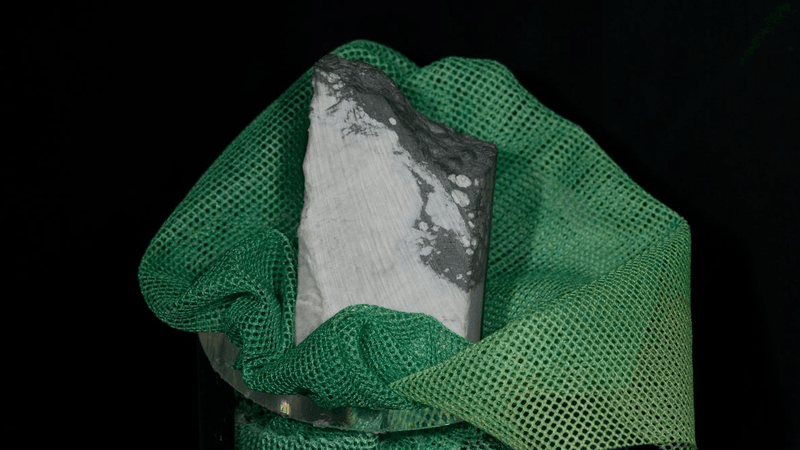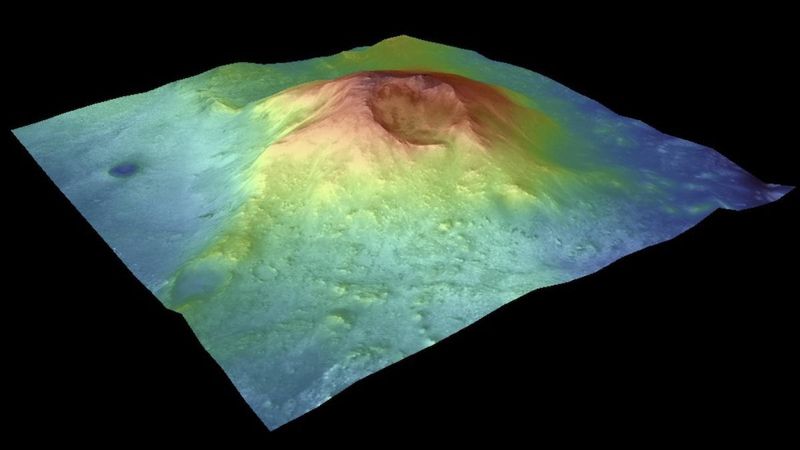Not everyone is happy with the probabilistic nature of quantum mechanics. The fact that particles are only statistically likely to be somewhere you expect them to be is a tough cookie to swallow. To solve this, some scientists created the Many-Worlds Interpretation of quantum mechanics, arguing that all the probabilistic accounts actually physically happen in a different parallel universe. Now, an experiment might have dealt a great blow to this view.
In a lot of science fiction, parallel universes have experienced one major historical change cascading into a wildly different world. Even in Sliding Doors, missing a train leads to two very different outcomes. But here, we are talking about a universe for every quantum mechanical variation… that’s a lot of universes.
To put the interpretation to the test, researchers at Hiroshima University have worked on an upgrade of a classic quantum mechanics experiment: the double-slit experiment. This has been a cornerstone of quantum mechanics, demonstrating the particle-wave nature of light and matter. Light shone on the double slit will interact and form an interference pattern on a screen. That is, unless there is a detector for photons in one of the slits; in that case, two distinct lines will appear.
The quantum mechanics explanation is that the each photon has a probability of going through either slit. This is described by a wave function, and this wave can interact with itself and thus cause the interference pattern. When observed, the wave function collapses and the photons only go through one of the slits.
For the Many-Worlds Interpretation, the photons always go through just one slit. To test this, the Hiroshima University team created a more complex version of the double slit. The team used an interferometer to split a photon wave function down two possible paths before meeting again. On each path, the team placed glass plates to change the polarization of light, twisting photons. Each path twisted oppositely, so that if individual photons actually did travel across, the effect would cancel out.
In a paper currently awaiting peer review, the researchers found evidence, under certain conditions, where the photons appear to have travelled across both arms – evidence of delocalization, and that the Many-Worlds Interpretation is not correct. This will certainly cause a lot of debate, in terms of the experimental setup, in the way the measurement was conducted, and even in the interpretation of the results.
You never know, maybe there is a parallel universe where this experiment is not working.
A paper describing this work, which is yet to be peer-reviewed, is available on the preprint server arXiv.





